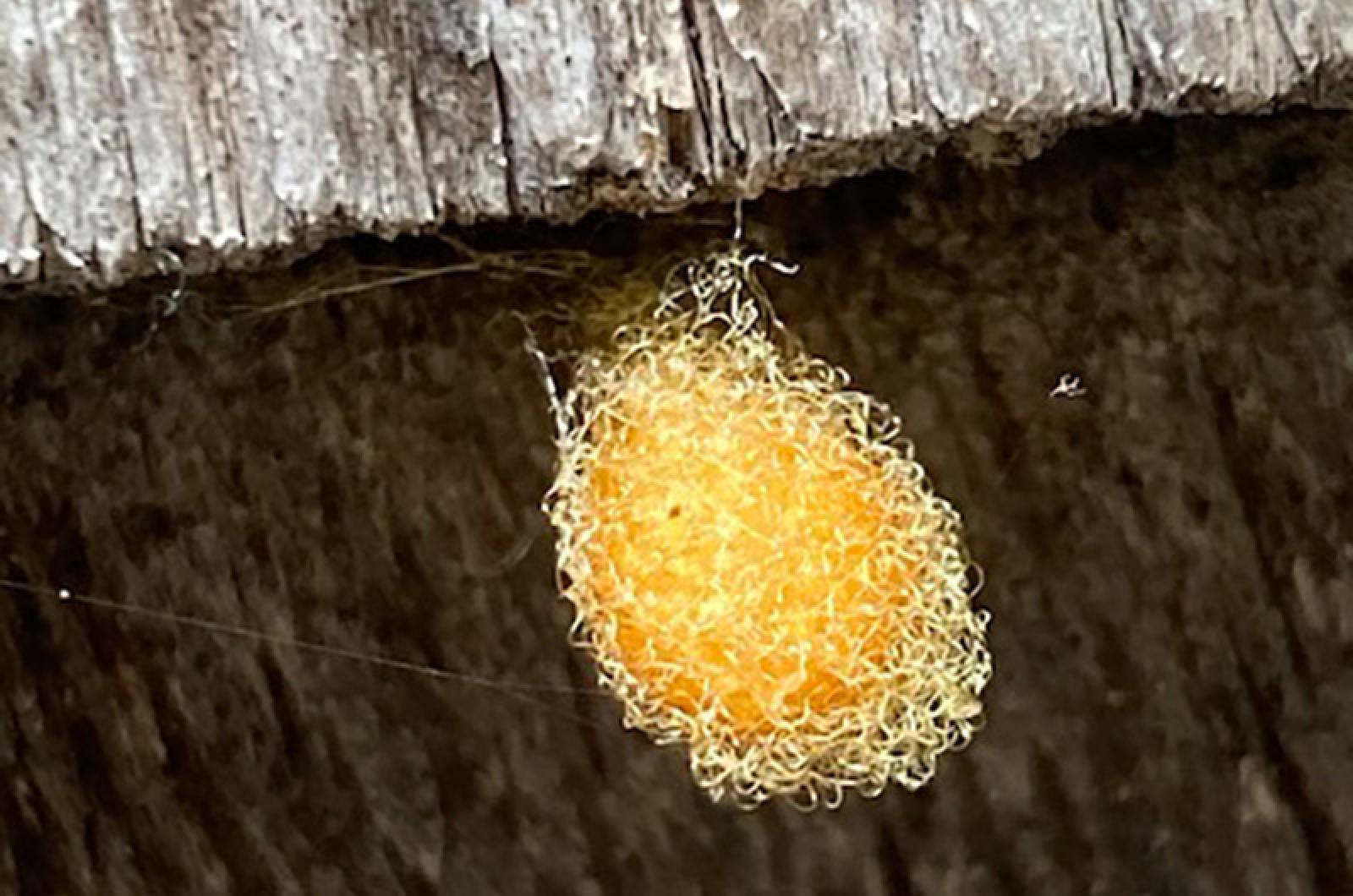Ahoy mateys, pirates live among us!
These pirates don’t have eyepatches (though they might need up to eight if they did), drink rum or sing sea chanteys. They will, however plunder, kill and generally cause a ruckus if encountered by friends and enemies alike.
Pirate spiders are the marauders of the arachnid world. Also known as cannibal spiders and spider-hunting spiders, they hail from the order Mimetidae, a word which means “imitator” and describes their swashbuckling predatory behavior that strikes fear in the hearts of spiders everywhere (except maybe Antarctica, the only continent that lacks this group).
Their bad habits – actually just survival instincts – don’t make them friends to any other spider species, which are their preferred prey. These spiders eat other spiders, though they might eat insects, too. They practice aggressive mimicry and trick their eight-legged relatives in order to gain a meal.
The silk releasing spigots on pirate spiders are undersized and anatomically render them unable to construct a web. Lacking the faculty to build their own, pirate spiders jump onto another spider’s web and vibrate it to trick the resident spider into thinking that they have caught prey or have a potential mate calling. Then, when the web resident goes to investigate (friend or food?), the pirate spider will launch its attack.
While its legs are not wooden peg legs, pirate spiders do have long front appendages with sizable spines. When the web’s resident comes close enough, the pirate encloses it in its legs and creates a spiny prison of sorts. Next, it will bite a leg of its jailed prey, injecting its paralyzing toxin. This toxin is spider-specific, in that it instantaneously stops the spider in its tracks while, for other non-spider prey, it takes some time to completely immobilize the insect. And then, down the hatch it goes.
These pirates are so dangerous to even their own species it is a wonder how they mate. Should a potential partner worry about being taken for, instead of to, dinner? Like dating during a pandemic, it is a challenge to achieve a successful coupling. Male pirate spiders have modified pedipalps (legs) that act as inseminators. As mentioned, these legs are quite long and can be up to two times the length of their body to reach and inseminate a female, taking social distancing to new heights (or maybe new lengths).
Though pirate spiders can’t produce their own webs, they do make silk and use it in an important way. Pirate spiders create beautiful hanging silken egg sacs where their young will grow and develop.
Female pirate spiders have been variously hailed as exceptional and neglecting mothers. One source suggests that after the eggs hatch and the young emerge, the mother can collect and move her babies when danger approaches. Other sources say she leaves the egg sac after it is complete and the young pirates are on their own, perhaps “Lord of the Flies”-style if the young spiders are as pillaging as their parents.
No matter whether pirate spiders have a nurturing or neglecting young spiderhood, they will still be the bandits to be feared and avoided – and perhaps best studied for their mutiny on the web.
Suzan Bellincampi is director of the Felix Neck Wildlife Sanctuary in Edgartown, and author of Martha’s Vineyard: A Field Guide to Island Nature and The Nature of Martha’s Vineyard.







Comments
Comment policy »